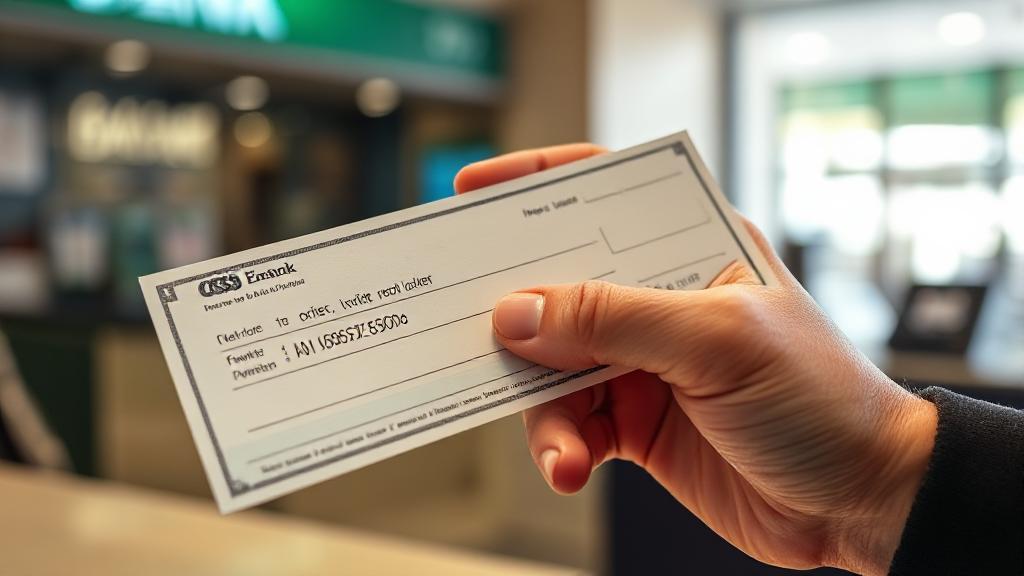Understanding Money Orders
A money order is a secure payment method that functions similarly to a check. It is a prepaid paper document, often used for transactions where cash or personal checks are not accepted. Money orders are widely available at post offices, banks, and retail locations like Walmart and Western Union.
Why Use a Money Order?
- Security: Unlike cash, money orders can be replaced if lost or stolen
- No Bank Account Needed: Ideal for those without a bank account
- Widely Accepted: Can be used for various payments, including rent and bills
Steps to Cash Your Money Order
1. Verify the Money Order
Before cashing, inspect the money order for:
- Proper amount clearly printed
- Your name as payee
- Issuer's signature
- Watermarks (visible when held up to light)
- No alterations or damage
- Valid date (not expired)
2. Choose a Cashing Location
Several locations accept money orders, each with different fees and requirements:
| Location Type | Typical Fee Range |
|---|---|
| Issuing Institution | $0-3 |
| Your Bank | $0-5 |
| Check-Cashing Store | 1-10% of amount |
| Retail Store | $3-6 |
💡 Pro tip: Using the issuing institution typically results in the lowest fees or no fees at all.
3. Gather Necessary Identification
Most places require government-issued photo ID, such as:
- Driver's License
- Passport
- State ID
- Military ID
4. Endorse the Money Order
Sign the back of the money order in the designated area marked for endorsement. Never sign until you're ready to cash it, as an endorsed money order is like cash.
5. Present and Receive Payment
- Take the endorsed money order to the counter
- Present your identification
- Pay any applicable fees
- Receive your cash
Important Safety Considerations
- Keep your receipt until you're certain the money order has cleared
- Never accept a money order from someone you don't know
- If possible, avoid carrying large amounts of cash after cashing
- Consider depositing directly to your bank account for added security
Alternative Options
Instead of cashing the money order, consider:
- Depositing it into your bank account through:
- Mobile deposit (if your bank allows)
- ATM deposit
- In-person deposit
- Converting it to a different payment form
For more detailed information, you can visit:
What to Do If There's a Problem
If you encounter issues with your money order:
- Contact the issuer immediately
- Have your receipt ready
- Be prepared to fill out claim forms
- Follow up regularly on any investigations
